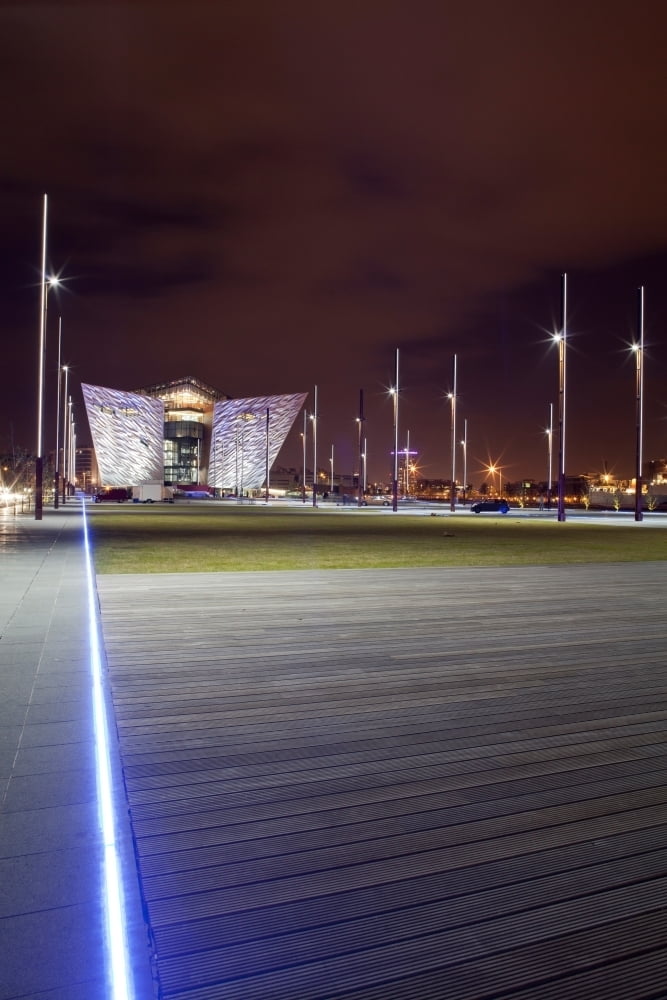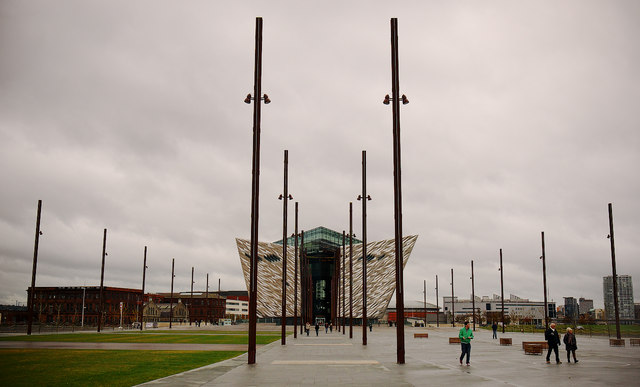

He went on to captain several winning Davis Cup teams from 1921 through 1926 as well as the 1934 team. He stood in close, took the ball on the rise, often on the half volley, and played for the lines.” “At his best he was unbeatable, and more dazzling than Tilden." ĭuring the 1924 Olympics, at the age of 33 (and with a sprained ankle), Richard Norris Williams became a Gold Medalist in the mixed doubles, partnering Hazel Hotchkiss Wightman. New York Times tennis writer Allison Danzig claimed that Williams had “one of the most daring attacks tennis had seen. This made him an extremely erratic player, but when his game was sporadically "on", he was considered unbeatable. He also had a reputation in singles of always hitting as hard as possible and always trying to hit winners near the lines. He was also on the victorious American Davis Cup team twice: in 19 and was considered a fine doubles player. Championships in 1914 (beating Maurice McLoughlin in the final) and 1916 (beating Bill Johnston in the final). Williams is best known for his two men's singles titles at the U.S. A year later he entered Harvard University and became the intercollegiate tennis champion in singles (1913, 1915) and doubles (1914, 1915). In 1911 Williams won the Swiss Championship. She was a great-granddaughter of Quincy Adams Gillmore. Williams remarried to Frances West Gillmore (1908–2001), daughter of Major General Quincy Adams Gillmore II and Frances West (Hemsley) Gillmore, on October 2, 1930. On Januin Paris, France, Williams married Jean Haddock (1890–1929), daughter of Arthur Henry and Matilda (Stewart) Haddock. He started playing tennis at age 12, mainly under the guidance of his father. He was tutored privately at a Swiss boarding school and spoke fluent French and German. Further projects are planned, including research and development facilities and additional film studios, resulting in a substantial increase in land value and a more competitive Belfast.Williams was born in Geneva, Switzerland, the son of Philadelphia parents Charles Duane Williams, a direct descendant from Benjamin Franklin, and Lydia Biddle White.Assisted in delivering a portfolio of projects including Gateway Offices (occupied by Citi), Belfast Metropolitan College, Olympic House Offices (currently on-site),Titanic Belfast (World Class Visitor Centre), Arc Apartments and Abercorn Arc Public Realm and the refurbishment of the former Titanic & Olympic Slipways.

Maintained positive working relationships with stakeholders.Redevelopment of these former shipyards is a complex process, where our team of experts ensured early identification of issues at the scoping stage, prepared high quality planning applications and maintained positive working relationships to ensure timely decision making.We secured planning consents for the conversion of the former Harland and Wolff Headquarters and Drawing Offices to a Boutique Hotel and tourist and event facilities.Turley led a masterplanning process to devise an Agreed Development Framework that has guided this regeneration since 2008.The area was originally designated for low rise industrial use. The site, formerly used for ship building, consists of docks, slipways, the former Harland and Wolff Headquarters and Drawing Offices (all listed buildings). We negotiated the removal of land use and height restrictions, resulting in planning permission for a mixed-use development of 25 ha.Titanic Quarter Ltd & Belfast Harbour CommissionersĮxciting redevelopment of historic Belfast waterfront site


 0 kommentar(er)
0 kommentar(er)
